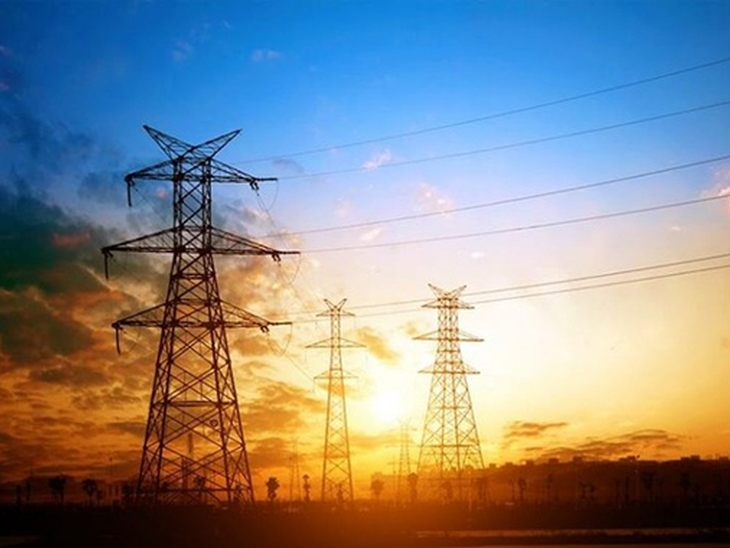
T&B Petroleum/Press Office CCEE

Electricity consumption in Brazil in the first half of March was 1.5% higher than in the same period in 2020, reaching an average 65,689 megawatts (MW). The Free Contracting Environment - ACL registered growth of 6.3%. At the other end, the Regulated Contracting Environment - ACR fell 0.7% in the annual comparison. When disregarding migrations between environments, that is, purging the effect of the loads that left one segment and started to operate in the other, the regulated market increased by 1.4% and the free market registered an increase of 1.5%.
The data, released by the Electric Energy Trading Chamber - CCEE in the InfoMercado Biweekly bulletin, are preliminary, but already show that, of the 15 branches of activity monitored, there was a drop in consumption in those pressured by the increase in measures to combat COVID-19. The sectors most affected were services, which fell by 14.6%, and beverages, which fell by 7.6%. The data disregard the loads migrated in the period.
The segments with the highest growth rates were almost all electro-intensive: metallurgy and metal products (7.9%), extraction of metallic minerals (7.8%), non-metallic minerals (3.5%) and chemicals (3 ,1%).
Consumption in the states
In the regional assessment, the states that presented the greatest positive variations were Rio de Janeiro, with an increase of 10% in relation to the same period in 2020, Pará, with 8%, and Minas Gerais, with 6%. The biggest falls were with the states of Amazonas, which registered a 16% drop and Acre, where consumption fell 9%.
It is necessary to take into account that, in the first half of March 2020, the greatest impacts resulting from the Covid-19 pandemic were not evident in much of the country. It is also worth mentioning that the survey is previous and may be impacted by missing data in some states.
Generation
Power generation grew 1.8% in the comparison between the first half of March 2021 and 2020. The plants that make up the National Interconnected System - SIN, added to imports, generated 69,992 average MW in the period.
Hydraulic plants reduced their production by 7.8%, while other sources showed an increase. Once again, the highlight is wind farms, which more than doubled generation, with a volume 117.1% higher than the same period last year. Thermal plants expanded their generation by 36.6%, and photovoltaics by 18.2%.
The increase in wind generation is due to the absence of a meteorological phenomenon that occurred in March 2020, when there were more occurrences of rain in the Northeast, negatively impacting the winds. This year, conditions for the source in the region are more favorable.

Contact us